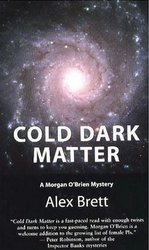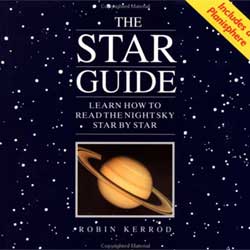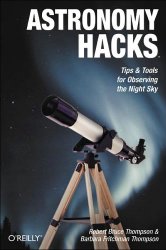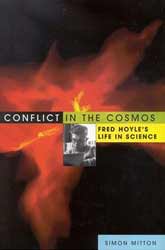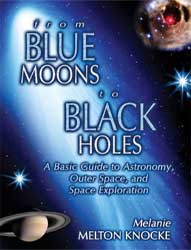
Mars holds a special place in the history of humankind. Bright, coloured and oh, so close, this planet tugs at our dreams. Responding to these dreams, some of our brighter denizens took action. The astronomer Percival Lowell perceived lines. From them, he deduced that Martians survived only by building canals to channel water from polar to temperate regions. At about the same time, the author H.G. Wells wrote of Martians who needed to escape their dying planet and thus targeted Earth with all powerful war machines. Better equipment and other knowledgeable people expanded or contradicted these ideas for many years. Even after the desolate images from the Mariner and Viking missions showed a harsh planet, the government agency NASA promoted a need to counter anthropocentric thinking. Adjoining these more recent investigations, the author Kim Stanley Robinson, in three works, placed people on Mars where he mixed issues of today’s society with those of an imaginary space faring race hundreds of years in the future. In reviewing the actions associated with these and others it seems that each new tidbit concerning Mars promoted a new relation to our current and future conditions on Earth.
Markley uses this promotion in his review of literature about Mars. That is, he assesses the state of the art in the science of Mars for a given time. He compiles and assesses both popular and learned views. In particular, his perception of the bickering and antagonism between scientists gives some poignant insight into the scientific process. After these, he repeats the review process for science fiction literature. For the most part, he shows how the latest science data and conclusions shape the literature though not necessarily drive it. In his view, the literature predominantly uses Mars as an analogue to an eco-apocalypse on Earth, hence the title of Dying Planet.
Given Markley is an English professor, I was pleasantly surprised at the equally detailed and impressive reviews for both the science and literature. Though neither are exhaustive, they have depth and copious references. As well, the references are usually from source or highly rated topical publications hence their validity is assured. The book is well delineated with topics and subjects in unique sections. Sometimes though this makes the book seem like a collection of essays rather than a continuous piece. Because of this, even though the presentation is chronological, the flow of Markely’s argument gets lost. That is, though Markley provides an excellent review of both the literature and the science of Mars, it is not very clear as to if there is an over-arching purpose.
Further, the writing style varies. Most of the scientific passages would be readily comprehensible to the every day person on the street. On occasion the literary critiques get phrased in the parlance of the ivory tower as in, ‘In contrast to later dystopian novels…Red Start depicts freedom as the shared fulfilment of a revolutionary future, a sociocultural transcendence of bourgeois individualism, capital exploitation and the false sciences of compartmentalization.’ The introduction is particularly of this flavour and may turn off some who would likely find the remainder of the text very rewarding.
Given this, the overall impression is of a literary professor with a life long interest in science fiction and space science, who wrote a personal review. As such, it is a great review. However, it is lacking in direction; that is, I could not discern the target audience. Markley pushes the idea of science fiction as being a literary thought experiment much as Einstein had his own practical thought experiments. This is laudable yet Einstein and the referenced science fiction authors had a requirement to convey new ideas to colleagues and the general public. Markley needs a similar argument to really make this review purposeful.
The planet Mars acted as a beacon for many civilizations. Even today, whether as an analogue or a veritable pinnacle of scientific research, it shines forth with questions and queries. Robert Markley in his book Dying Planet reviews the previous hundred years of scientific discovery surrounding Mars and its related science fiction literature. He compiles a compact, well detailed synopsis of the science and a insightful critique of the literature to provide an in-depth resource for understand how Mars impinges on our human psyche.
Review by Mark Mortimer
Read more reviews online, or purchase a copy from Amazon.com.


